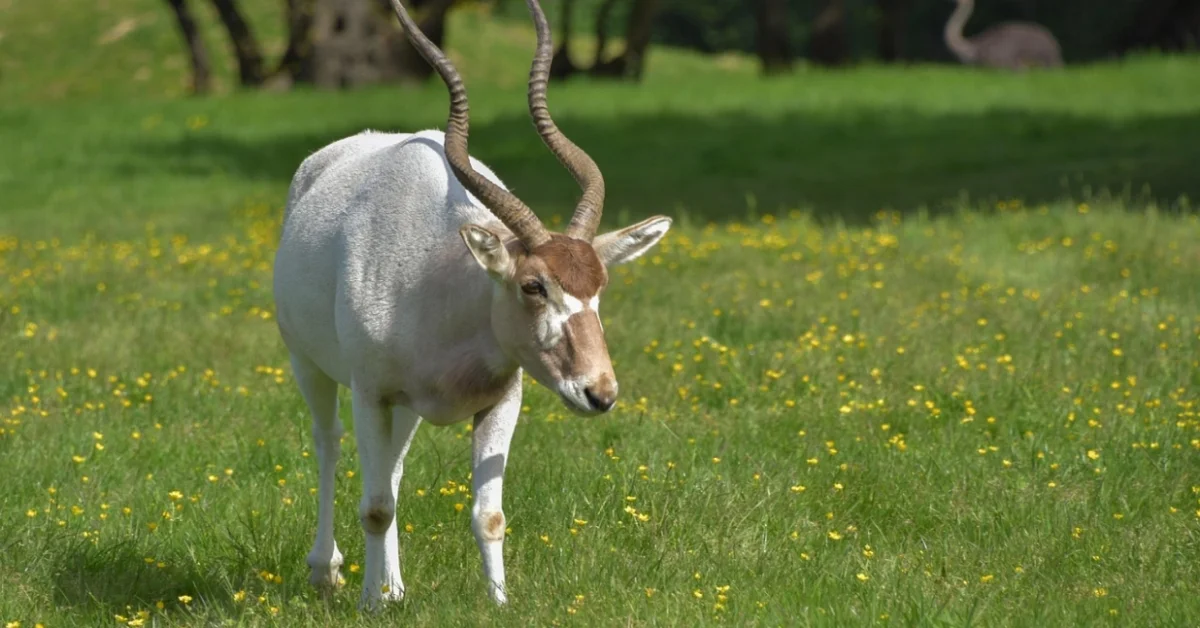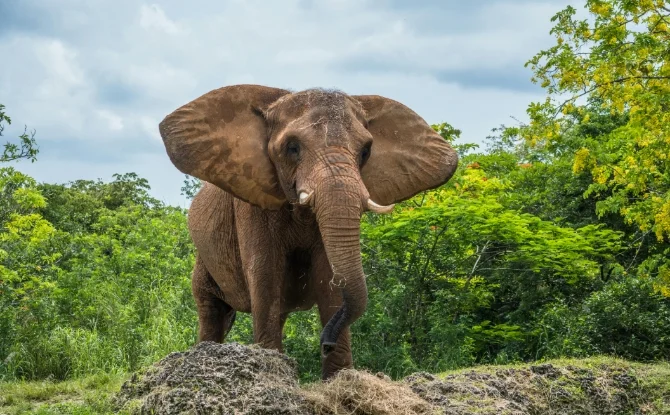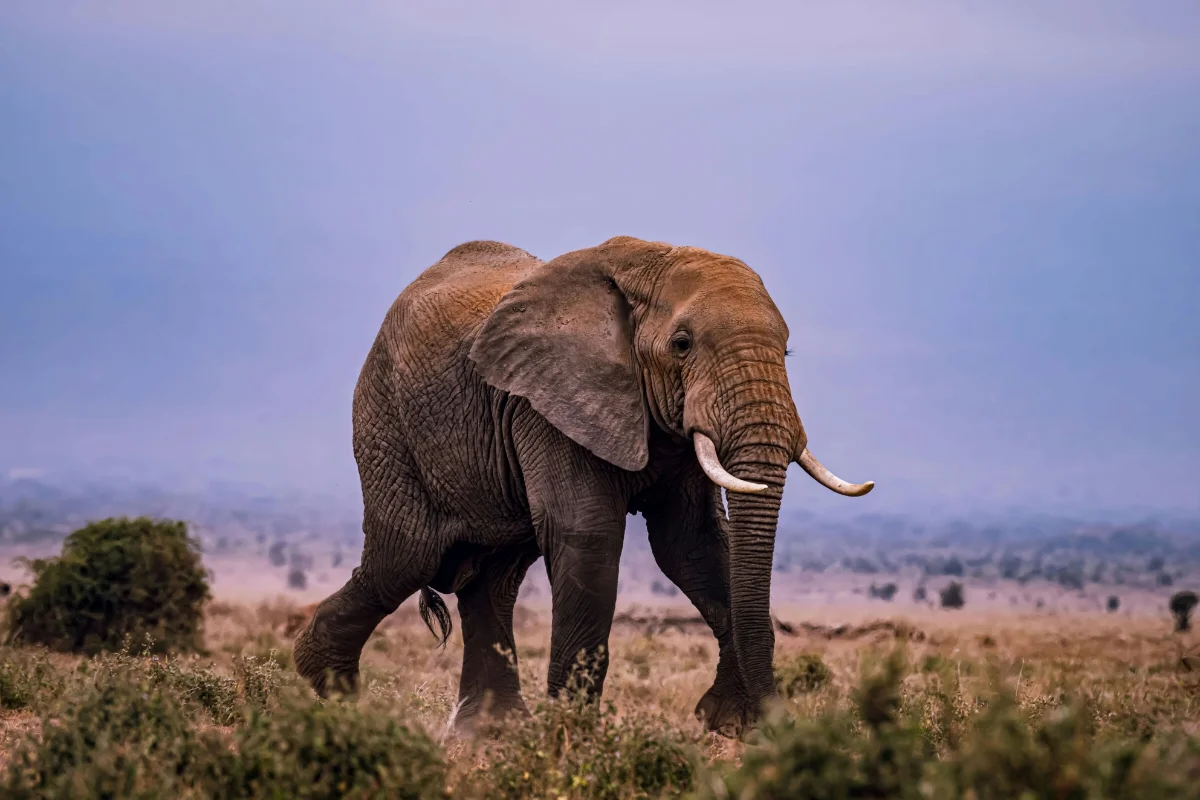
African Elephant
African Elephant is a large, intelligent mammal with tusks and a trunk. This article provides info about African Elephant.
By
Published:
The African Elephant is the largest land animal on Earth, known for its long trunk, massive ears, and tusks. Found across Africa’s savannas and forests, it plays a vital role in maintaining ecosystems. These gentle giants are intelligent, social, and deeply family-oriented.
African Elephant Facts Overview
| Height | 2.5–4 meters |
| Length | 6–7.5 meters |
| Weight | 2,700–6,000 kg |
| Speed | Up to 40 km/h |
| Food | Grass, leaves, bark, fruit, and roots (herbivore) |
| Color | Gray, often covered in mud or dust |
| Location | Sub-Saharan Africa |
| Predators | Lions (rarely), humans (main threat) |
| Lifespan | 60–70 years |
| Habitat | Savannas, forests, grasslands, and deserts |
| Gestation | About 22 months (longest of any land animal) |
How tall is an African elephant?
An African elephant typically stands 2.5 to 4 meters (8 to 13 feet) tall at the shoulder. Males are larger than females — adult bulls can reach up to 4 meters, while females usually stand around 2.5 to 3.5 meters tall.
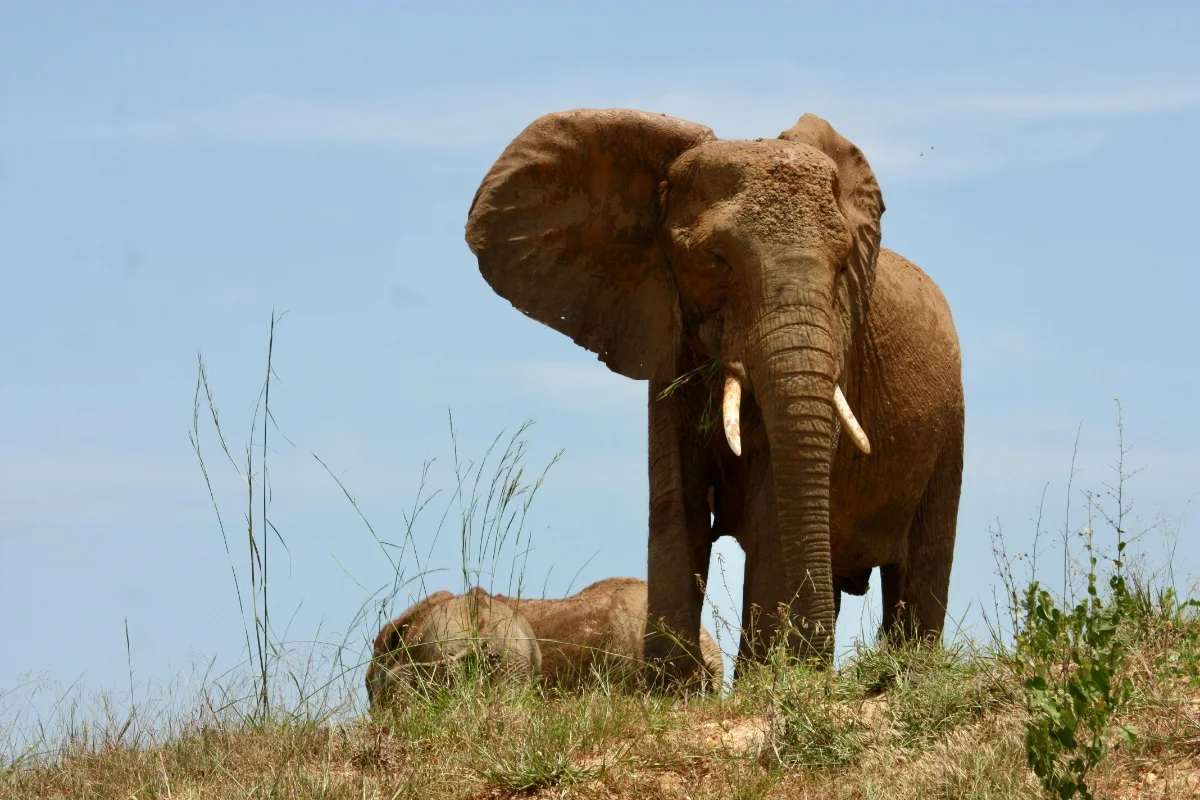
How heavy is an African elephant?
An African elephant weighs between 2,700 and 6,000 kilograms (6,000 to 13,000 pounds) on average. Adult males are heavier, often reaching up to 6,800 kilograms (15,000 pounds), while females usually weigh around 3,000 to 4,000 kilograms. They are the heaviest land animals on Earth.
What does the African elephant eat?
The African elephant is a herbivore, meaning it eats only plants. Its diet includes grass, leaves, bark, roots, fruits, and shrubs. Elephants can consume up to 300 pounds (about 136 kilograms) of vegetation each day and drink large amounts of water, using their trunks to gather food and water efficiently.
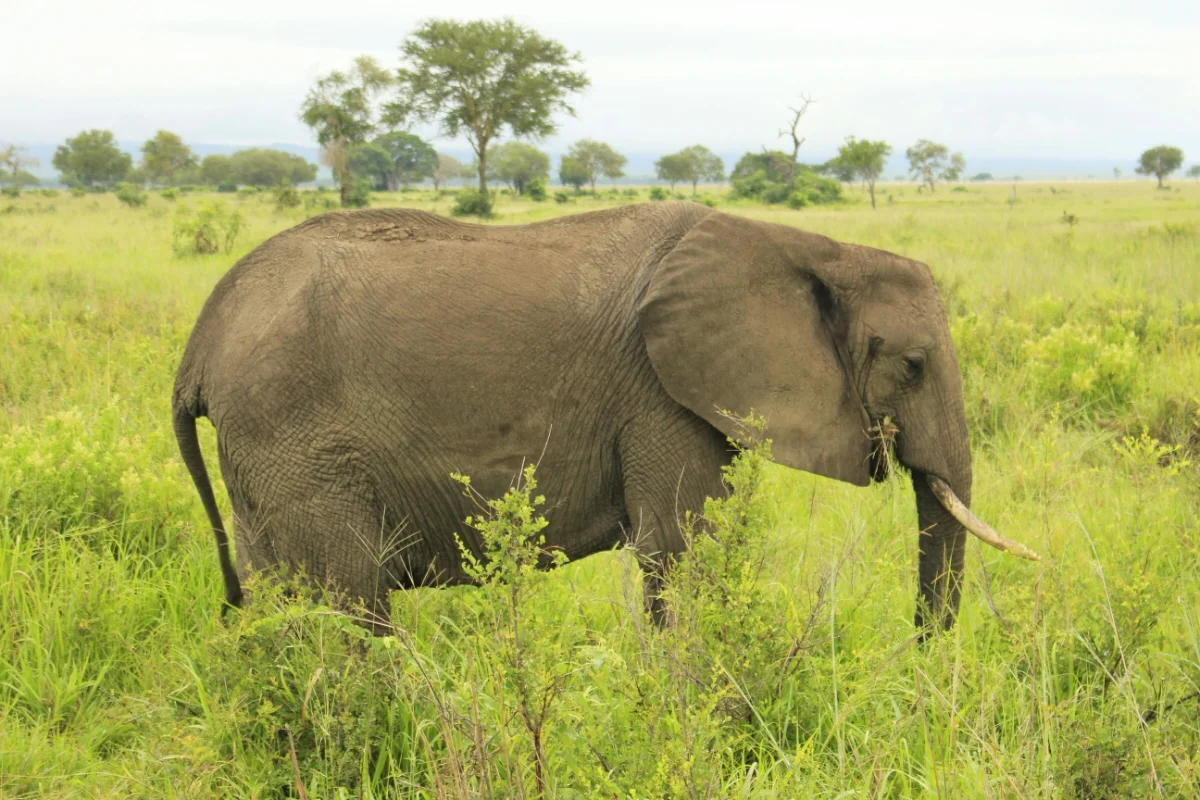
Why is the African elephant endangered?
The African elephant is endangered due to poaching for its ivory tusks and the loss of natural habitats from deforestation and farming. Human-wildlife conflict, climate change, and shrinking water sources also threaten their survival, making conservation efforts vital to protect these majestic land giants.
How many African elephants are left?
As of 2023, there are approximately 400,000 African elephants left, a sharp decline from about 1.4 million in 1970. African savanna elephants are classified as endangered, while forest elephants are critically endangered. Poaching, habitat loss, human-wildlife conflict, and climate change are the main threats, making conservation efforts crucial.
African elephant facts
- Largest Land Animal: Adult males can weigh up to 6,000 kg and stand 4 meters tall.
- Herbivore Diet: Eats grass, leaves, bark, fruits, and roots, consuming up to 300 pounds of vegetation daily.
- Social Animals: Live in matriarchal herds led by older females.
- Long Lifespan: Can live 60–70 years in the wild.
- Unique Trunks: Used for breathing, smelling, drinking, and grabbing food.
- Habitat: Found in savannas, forests, grasslands, and deserts across Africa.
- Endangered: Threatened by poaching for ivory and habitat loss.
- Long Gestation: Pregnant for about 22 months—the longest of any land animal.
- Tusks: Both males and females may have tusks, used for digging, stripping bark, and defense.
- Water Lovers: Can drink up to 50 gallons of water per day.
Science writer & Wildlife Expert.
Get to know more about the African Elephant
Read More: 10 Fascinating Animal Adaptations That Will Amaze You

